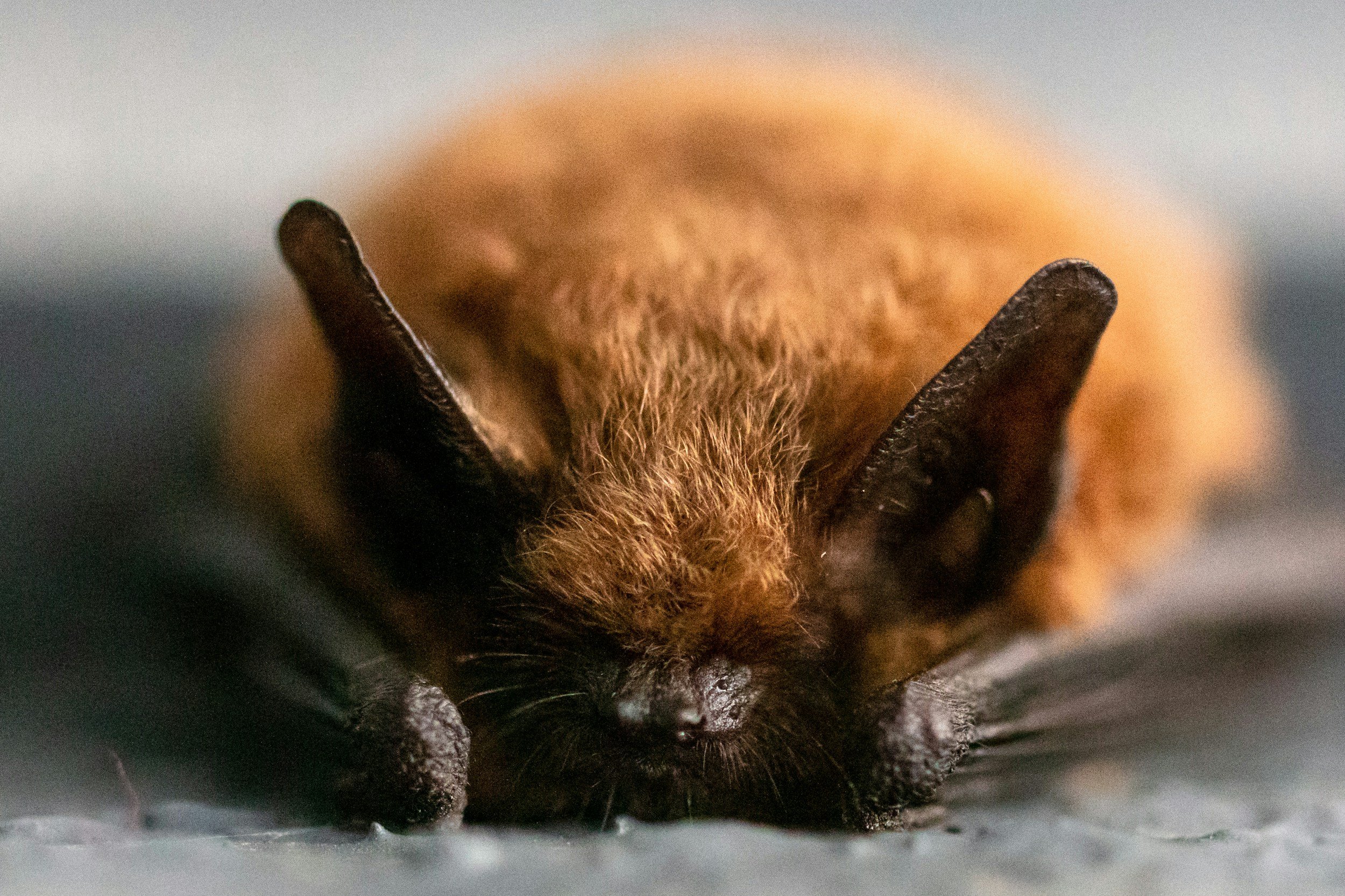
Emerging Zoonotic Threat? Mystery Illness in Congo Raises Concerns for Veterinary and Medical Experts
A recent outbreak of an unidentified hemorrhagic fever in northwestern Congo has drawn global attention, particularly from veterinarians, epidemiologists, and public health officials concerned about zoonotic disease transmission. The illness, first detected in three children who consumed a bat, has resulted in over 50 fatalities within just five weeks, with a rapid disease progression leading to death within 48 hours in most cases.

Rat bait proving lethal to endangered Australian species
Rat and mouse baits commonly used around the home and in the workplace could potentially wipe out as many as nine species of endangered Australian marsupial carnivores, including the iconic Tasmanian Devil and all of Australia’s quoll species, new research from Edith Cowan University (ECU) has found.rat

Starting Your First Vet Practice? These Game-Changing Programs Will Save You Time, Money, and Stress!
Opening your first veterinary practice is a dream come true for many veterinarians. It’s a chance to build something from the ground up, create a unique culture, and serve your community in a way that aligns with your values. But let’s be real—it’s also a daunting task. From securing financing to designing the clinic, hiring staff, and marketing your services, the to-do list can feel overwhelming.

The Comfort Cure: Why Finding Peace in a Busy World is More Important Than Ever
Comfort—whether physical, emotional, or psychological—isn’t about escaping reality; it’s about creating an environment where you can thrive. Here’s why prioritizing comfort in your daily life is essential and how small changes can have a lasting impact.

Arterial Blood Gas and Electrolyte Analysis Predicts Survival in Horses with Colic
A recent study evaluated whether arterial blood samples taken upon admission could predict survival to hospital discharge for horses presenting with colic. The study, which included 358 horses undergoing medical or surgical management for colic, analyzed several blood parameters, including pH, oxygen levels (PaO2), carbon dioxide (PaCO2), electrolytes, and anion gaps, across different types of colic lesions.

Study Finds Low Utility of Routine Preoperative Thoracic Radiographs in Dogs Without Thoracic Disease Symptoms
A recent study evaluated the necessity of routine preoperative thoracic radiographs in dogs scheduled for elective tibial plateau leveling osteotomy (TPLO) when there were no clinical signs or history suggesting thoracic or cardiopulmonary disease. The study, published in AJVR, aimed to assess the usefulness of this test in such patients.

